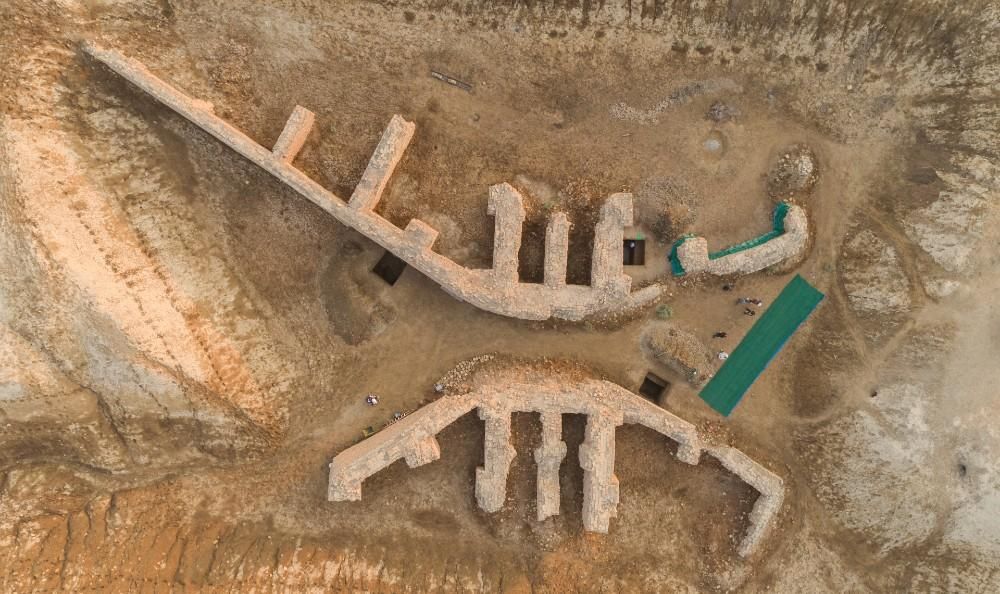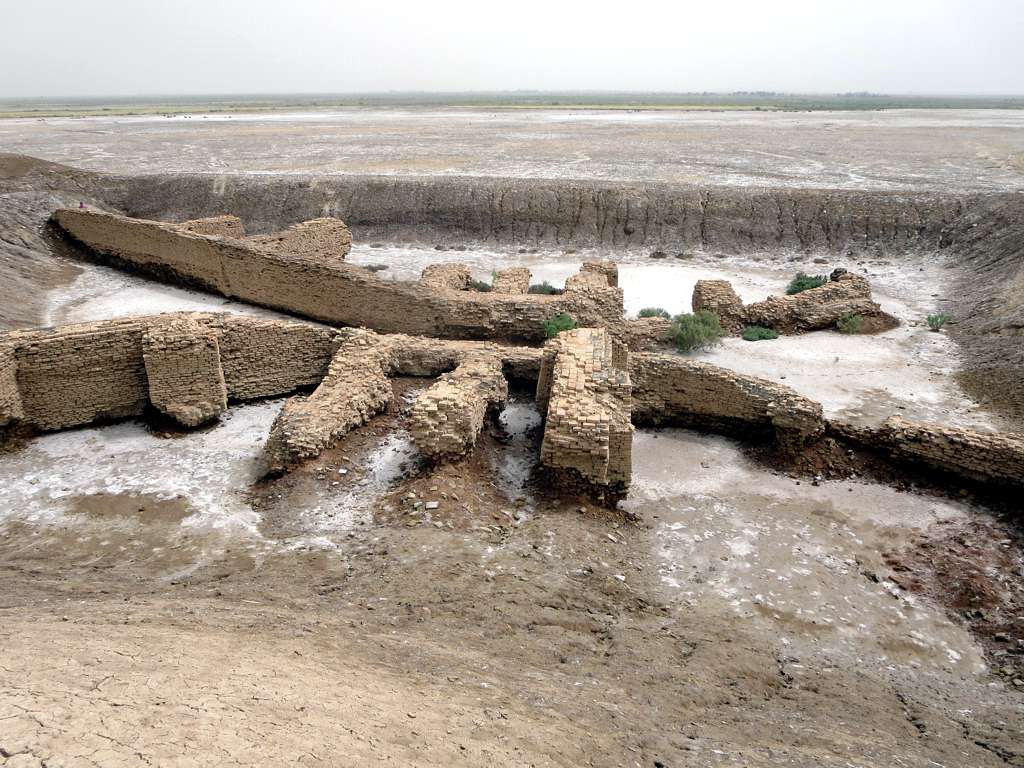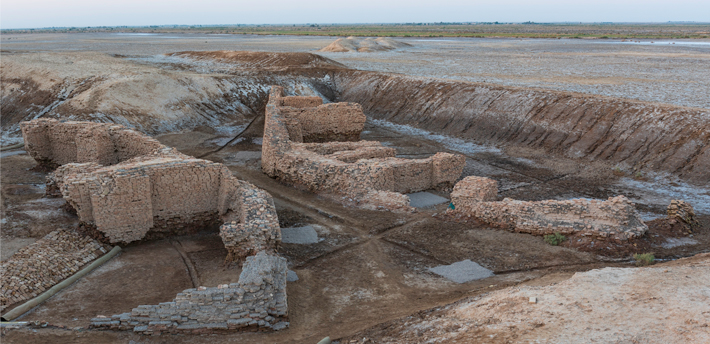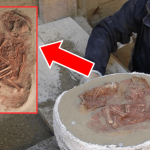The Historic Girsu/Tello Bridge: Revealing a Nearly 4,000-Year-Old Sumerian Construction

The ancient Bridge of Girsu/Tello stands as a testament to the ingenuity and engineering prowess of the ancient Sumerian civilization. Situated in the historic city of Girsu, located in present-day Tell Telloh within the Dhi Qar Governorate of Iraq, this remarkable structure has captured the imagination of archaeologists and historians for centuries.

Initially mistaken for the remnants of a temple, dam, or water regulator, the true nature of the Bridge of Girsu/Tello has only recently been revealed through careful examination and analysis. It is now believed to be an ancient bridge that once spanned a significant canal, serving as a vital link in the region’s transportation network.
What makes the Bridge of Girsu/Tello particularly remarkable is its design and construction. Despite being built over 4,000 years ago, during the height of the Sumerian civilization, the bridge showcases an advanced understanding of engineering principles. The waterway it spanned was estimated to be approximately 100 feet wide, yet the bridge itself narrowed to just 12 feet wide at its crossing point. This suggests a sophisticated understanding of hydraulic engineering and the need to control and regulate the flow of water.

Inscriptions found on the bricks used in the construction of the bridge provide further insight into its purpose and significance. These inscriptions suggest that the structure was dedicated to Ningirsu, the Sumerian god associated with spring thunder, rainstorms, floods, and agriculture. Ningirsu was also revered as the god of the plough and ploughing, symbolizing the importance of agriculture in ancient Sumerian society. Additionally, the inscriptions mention a ruler of Girsu named Ur-Ningirsu, further connecting the bridge to the political and religious landscape of the time.

As one of the oldest known bridges on the planet, the Bridge of Girsu/Tello holds immense historical and cultural significance. It serves as a tangible link to the past, offering valuable insights into the daily lives, beliefs, and achievements of the ancient Sumerians. Moreover, its discovery and study highlight the ongoing efforts of archaeologists and historians to uncover and preserve humanity’s rich cultural heritage.
In conclusion, the ancient Bridge of Girsu/Tello stands as a remarkable testament to the engineering prowess and cultural achievements of the ancient Sumerian civilization. Through its careful study and interpretation, we gain a deeper understanding of the complexities of life in ancient Mesopotamia and the enduring legacy of one of the world’s earliest civilizations.










